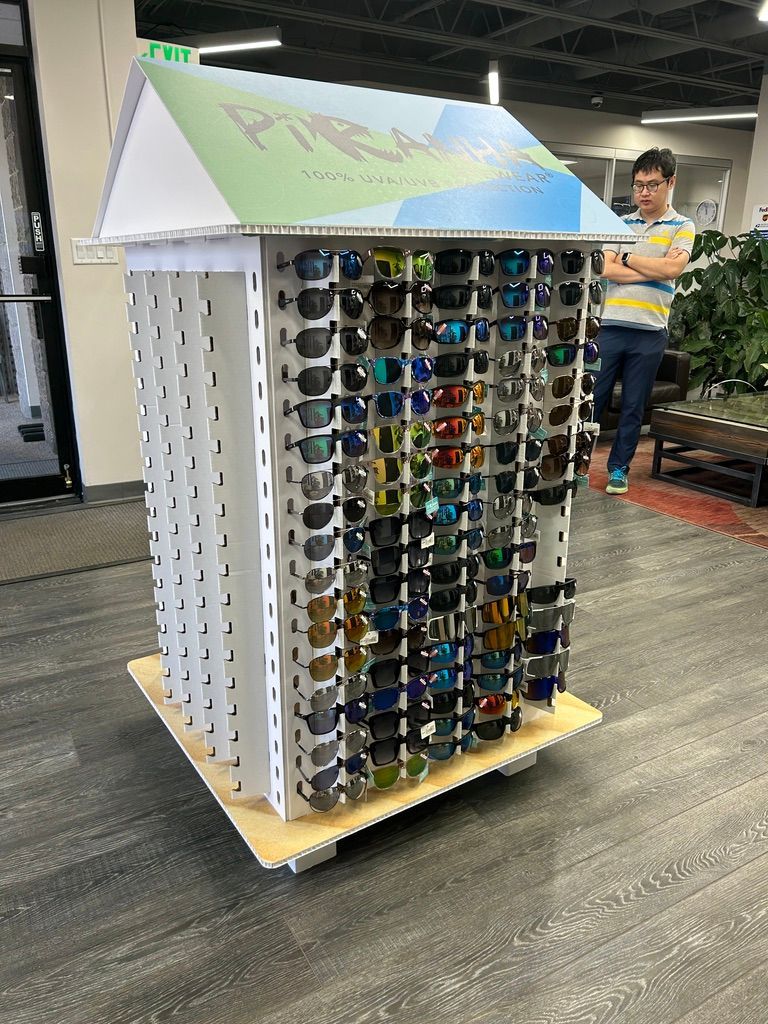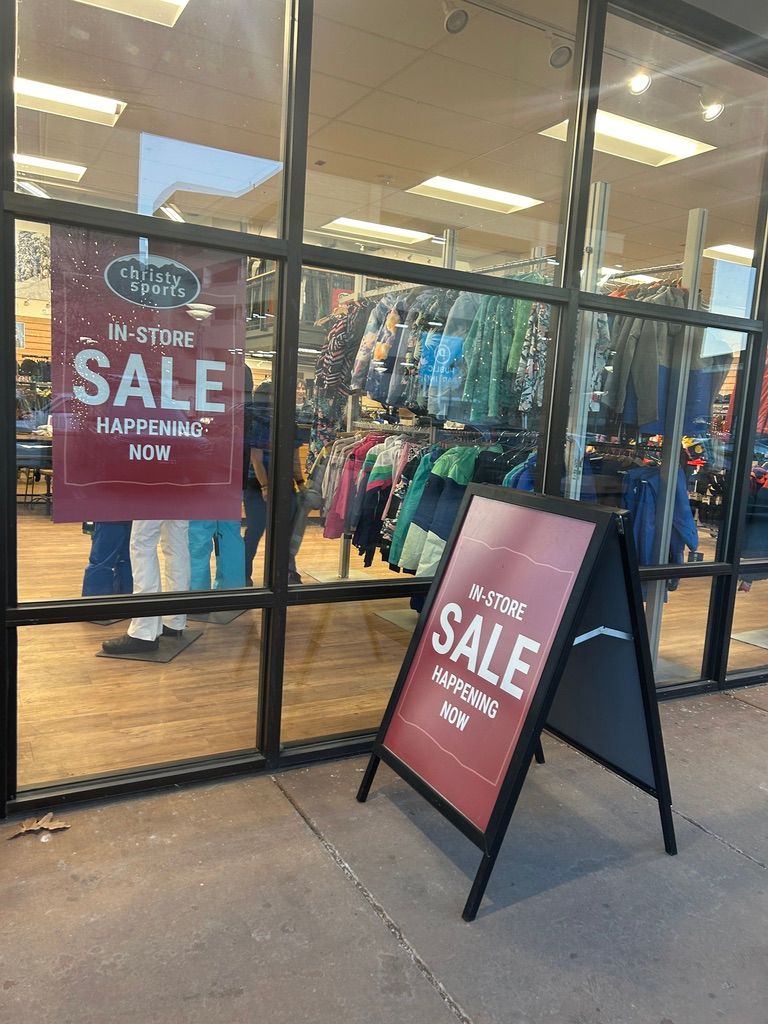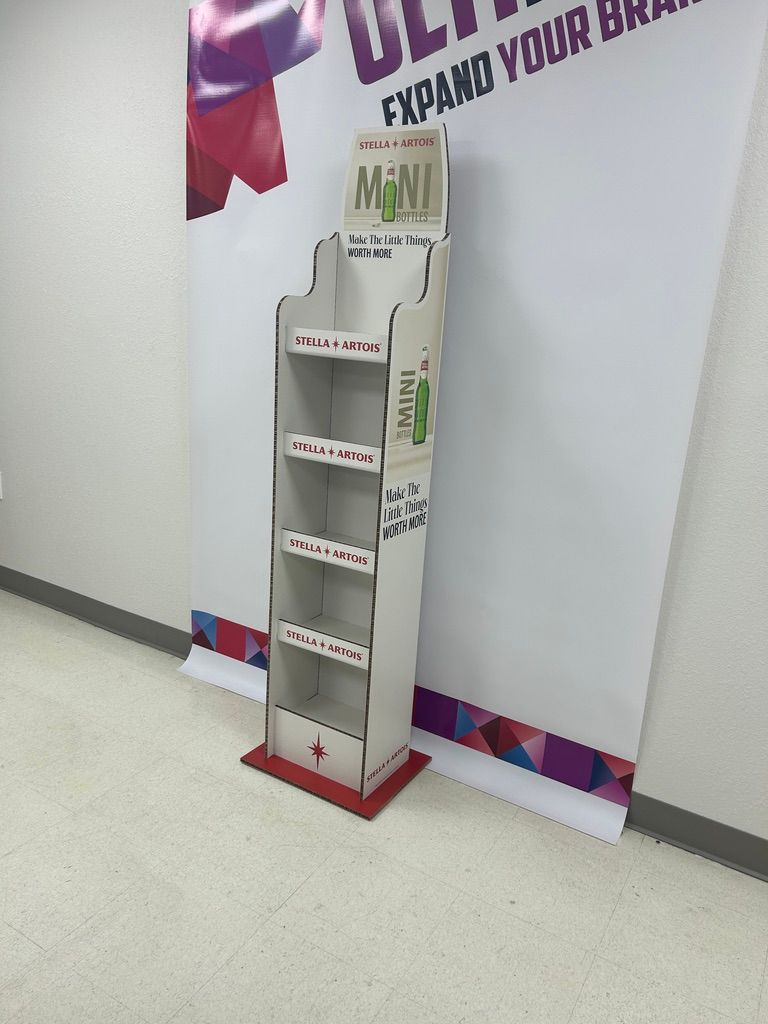Graphic Design During Times Of Social Division
July 7, 2021
Times of political unrest and social strife have a tendency to be caused by people feeling powerless. When populations feel that they have been marginalized and their voices are not being heard, systems of government struggle to find solutions to problems and contain the disturbance. Even though it may feel like it at times, do difficult situations always mean that people have less power? The history of political graphic design tells a different story than what you might think. Often, it is exactly at points when things seem to be at their most dire – when society is on the brink of fracture – that simple and charismatic designs and messages take hold and make a real impact. Precisely because people feel that there is a lack of social dialogue, or a power vacuum waiting to be filled, they are often more likely to take stock of simple designs and optimistic campaigns that have something important to say. This is a powerful lesson to learn, not just for graphic designers, but also for companies and businesses who intend to use graphic design as a way to promote their own brands and cultures. Our staff at Ultimax understands that it is important for our customers to have a unique voice for their brand. Thinking about the power that simple designs can have during difficult times is an important lesson to consider.
A blog post from wmnf.org
early this November prompts us with some historical examples of how graphic design becomes more important during difficult times. Published right around the American midterm elections, it is understandable why the author would want to explore graphic design during times of unrest. To a great many people, the American political climate appears to be at its most polarized point in history, drawing comparisons to the division of the country under slavery and the civil rights movement of the 1950s and 60s. We assume that this is the cause of, and results in, less dialogue between opposing sides—creating a time when it is difficult to get any message across to the other side. Quoting Robert Newman, the blog suggests that the contrary is the case for graphic design. “In times of unrest, graphic designers always shine.”
In addition to the importance of the “I Voted” stickers which are discussed in the article mentioned above, there are other important political examples of how graphic design has impacted our country’s history. During the 1960 presidential election, America was approaching a crucial transition period. With the Korean war in the rearview mirror, Americans were enjoying economic prosperity as well as a society-wide push towards the future. Suddenly people could buy a plane ticket and travel from one end of the country to the other in a single day. This situation called for something new politically—a fresh young face with an eye towards a new and improved decade of American exceptionalism. John F. Kennedy was the man who was able to tap this well of optimism with a vibrant vision of the future—but the graphic designs of his campaign were just as important. The campaign posters that helped carry Kennedy to the White House captured the feeling of the time, with bold type bordered by large stylized red white and blue stripes. Slogans included “A New Leader for the 60s”, and “A Time For Greatness.” Note that Kennedy was put forth as a leader for the decade, a decade that carried high expectations for the entire country.
Everything from the basic design of Kennedy’s posters to the slogans that were chosen worked to promote him not only as a presidential candidate but also as a champion of great things to come. Many of Kennedy’s campaign posters have the future president looking off into the distance, a subtle nod to JFK’s eye towards a bright future that would take Americans all the way to the moon.
Taking a look at Ronald Reagan’s campaign posters from the 1980 election provides a similar example of how graphic design can capture the imagination of people in subtle ways. Reagan’s most iconic posters are a rich and vibrant blue, with the future president’s movie-star face perched above the White House with a slogan promising to return America to its former greatness. Reagan’s campaign was able to use the economic stagnation of the 1970s to push forward a platform for recovery and commercial expansion—and his campaign posters feel like that. During the late 1970s, many people in the country were furious at the idea that America was taking a back seat economically. Reagan’s team knew that and crafted a campaign that felt and looked like prosperity.
It seems obvious that graphic designers working in the political sphere would have their eyes on ideological slogans and messages—but the lesson can be applied to all different types of design. Your business should have prints and displays that say something – something important about what people want. Ultimax can help you get there because we know how powerful graphic design can be, especially during times when it seems like the world is more divided than ever.
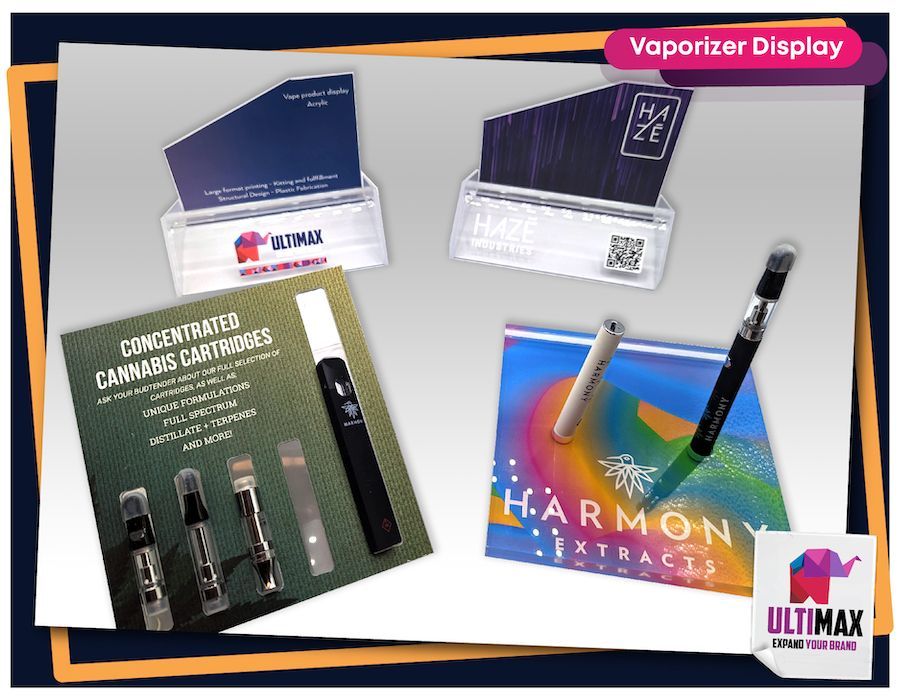
At Ultimax, we don’t take a “cookie cutter” approach to building eye-catching “vape” displays for the cannabis business segment. We partner with our clients to create a customized display that best puts our client and their product’s best foot forward. Whether highlighting, quality, availability or value.
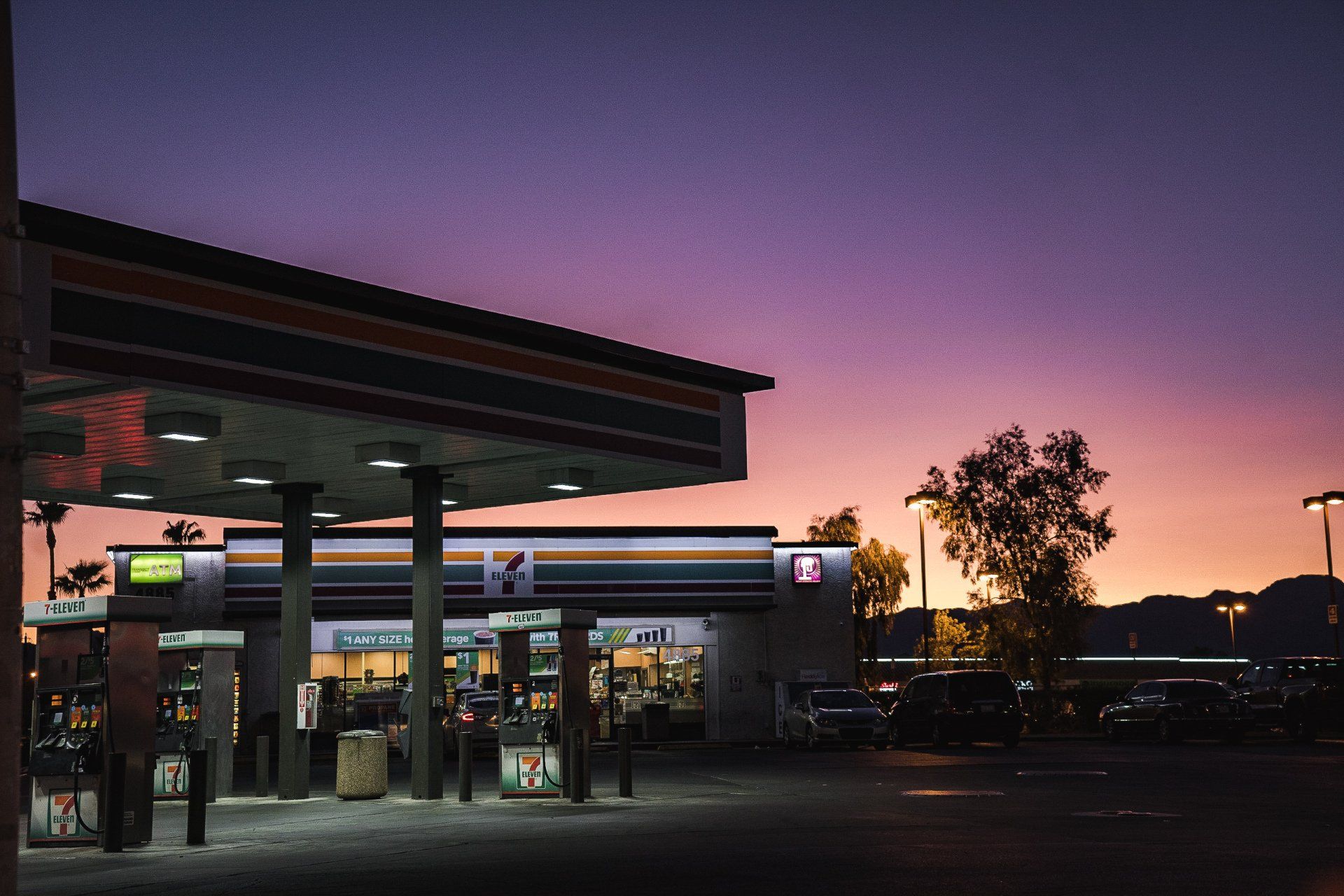
7-Eleven currently operates over 78,000 stores in 19 different countries, and has ranked as one of the world's largest global retailers . Their name recognition is instant and they take their brand and brand recognition very seriously.
The 7-Eleven team reached out to Ultimax to first assist and produce a specific P.O.P. campaign.

